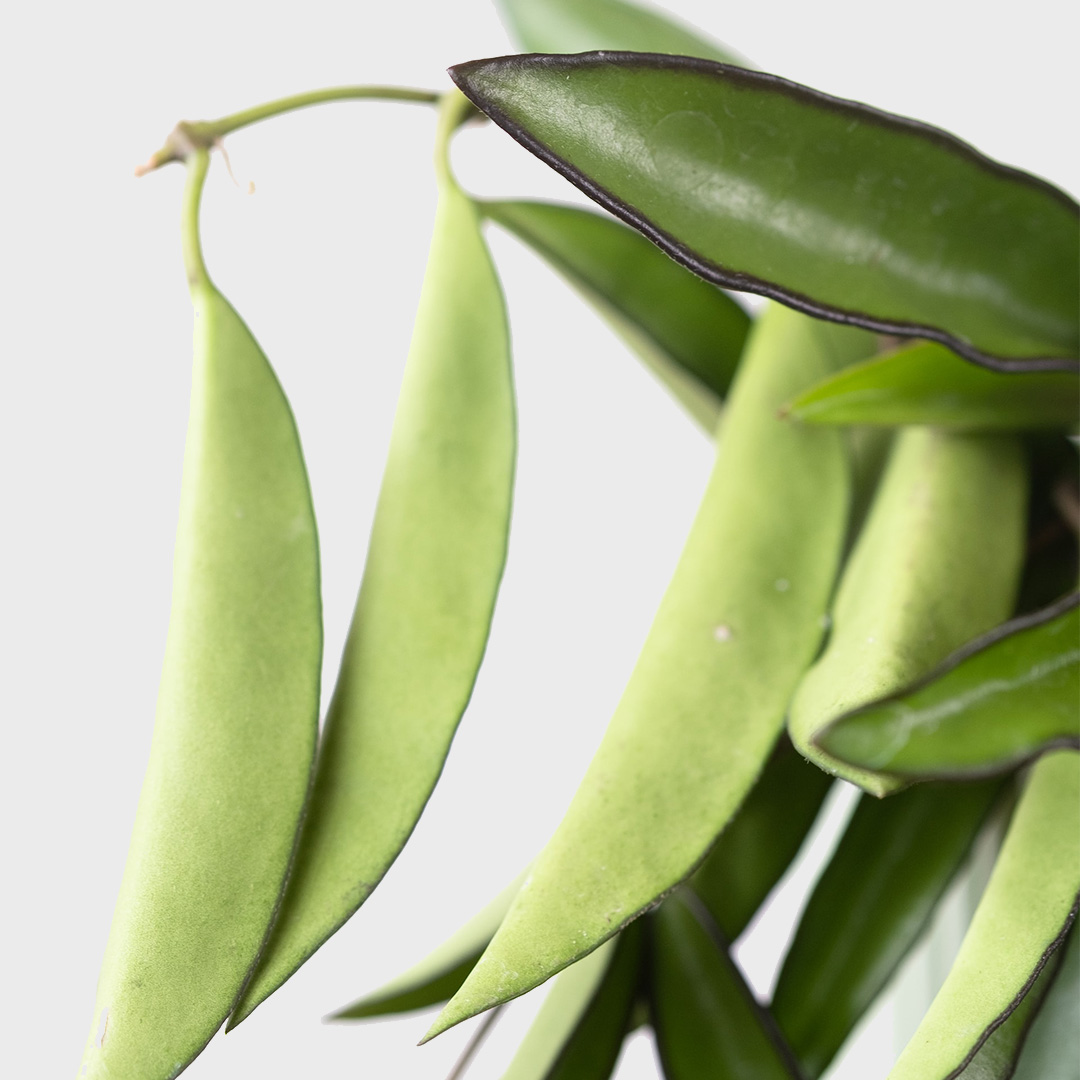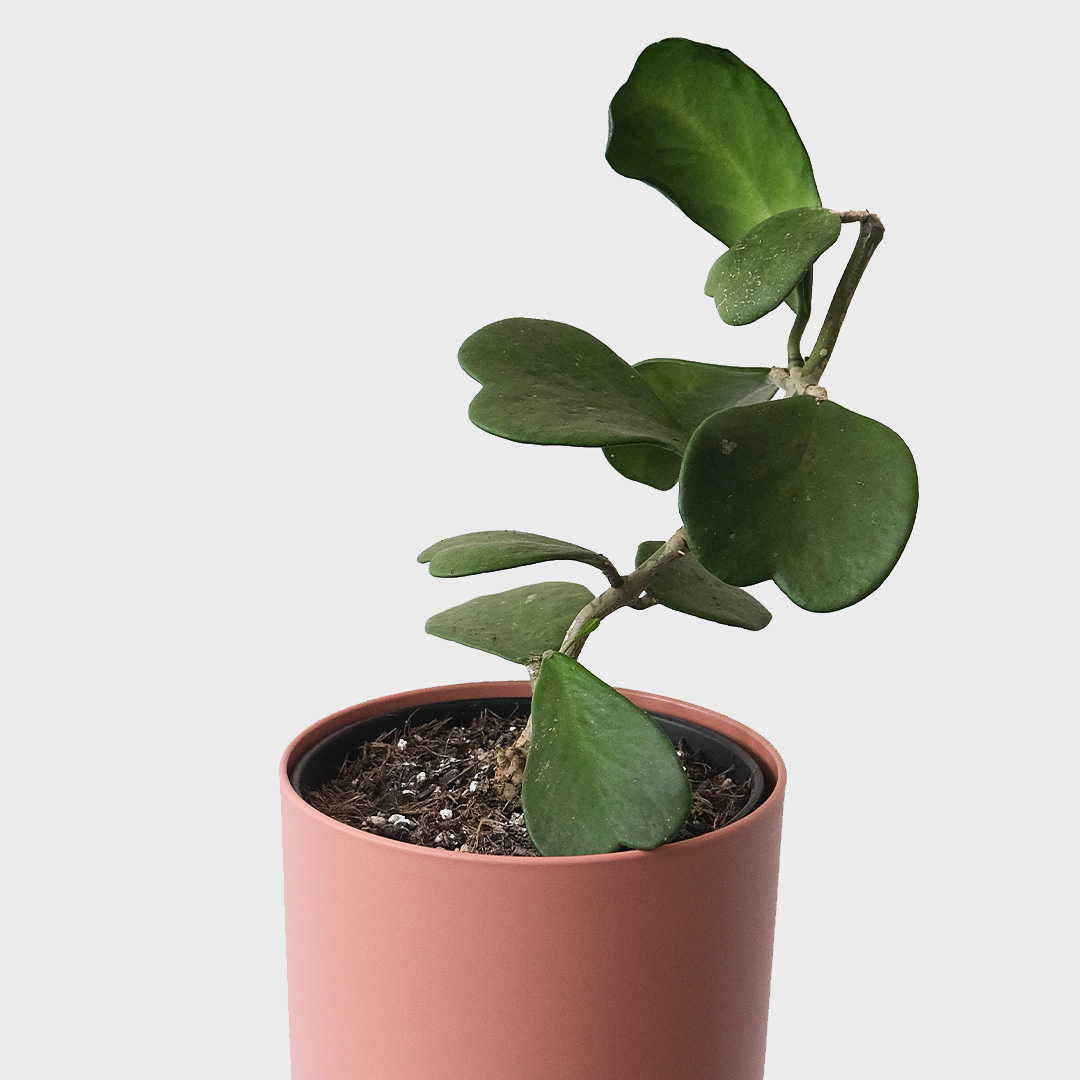
Deliver to
Europe
 English
EnglishCaring for a Hoya, also known as the Wax plant and Wax flower, is a joy because of its attractive waxy leaves and flowering. This house plant thrives in a variety of conditions and is known for its easy care.


Indirect sunlight to partial shade
Water 1x a week
Toxic
Air-purifying
Hoyas thrive best in indirect light to partial shade. They can't tolerate direct sunlight, as it may damage their leaves. Place your Hoya preferably in a northeast or northwest-facing window, where they get enough light without direct sun exposure.
Hoyas have a moderate water requirement. Allow the top part of the soil to dry before watering again, but make sure the soil is kept constantly slightly moist. Make sure not to overwater, as any stagnant water in the flower pot can lead to root rot. Make sure the pot has drainage holes. Reduce watering in the winter when the plant is in a dormant period.
If in doubt about the water needs of your Hoya, check the soil with your finger. If it still feels very wet after 5 days, reduce watering. If it's dry after 2 days, consider watering more next time.
During the growing season, from spring to fall, you can feed your Hoya with plant food once a month to once every two weeks to stimulate growth. Do not give plant nutrition in autumn and winter, as house plants do not use the extra nutrients then. The most suitable plant nutrition for a Hoya is Pokon plant food for green plants.
Hoyas do well at temperatures between 15 and 25 degrees Celsius. They can tolerate some temperature variation but avoid cold drafts and sudden temperature changes. Placing them near a door or an open window is not advisable.
Pruning is not necessary for Hoyas, but it can be done to keep the plant compact. Remove any dead or damaged leaves with a clean and sharp pair of scissors.
Hoyas are generally resistant to common diseases and pests. Ensure that the humidity is not too high to prevent mold issues. Regular inspection of leaves and stems can help identify any signs of pests like spider mites.


Yes, Hoyas can bloom outdoors in most ideal conditions. The flowers are white and emit a fragrance at night.
If the leaves of a Hoya lose their shine, it may indicate too much direct sunlight. Move the plant to a spot with more shade.
Generally, it's advisable to repot your Hoya every 2-3 years or when the pot becomes too small. Use well-draining potting soil during repotting.
Repotting provides the plant with new nutrients and more space for root growth. The new airy potting soil is also beneficial for watering. The best time to repot is in the spring.